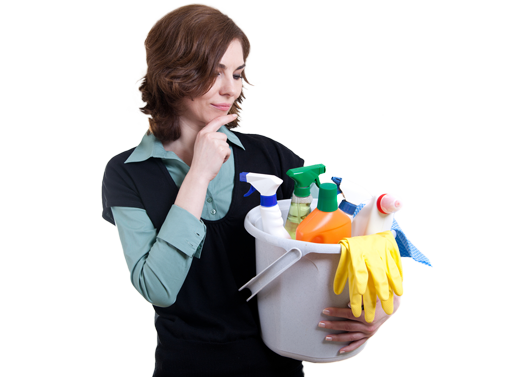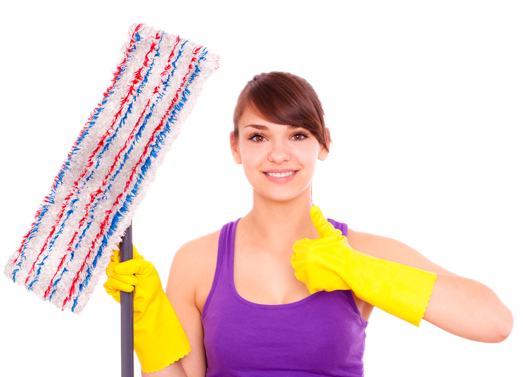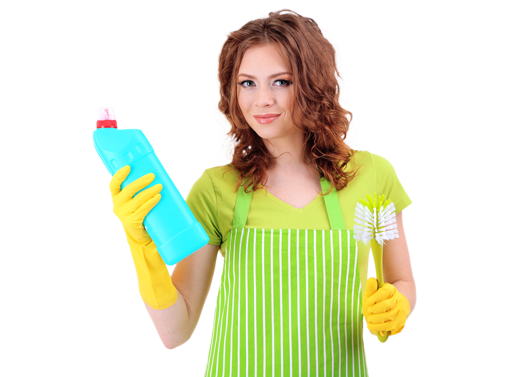Master the Art of Curtain Cleaning Today
Posted on 08/06/2025
Master the Art of Curtain Cleaning Today: The Ultimate Guide
Curtains do more than offer privacy or block sunlight. They're vital in shaping the ambiance, mood, and overall cleanliness of your living space. Yet, despite being such a core feature, many overlook the importance of regular and proper curtain cleaning. Mastering this art can dramatically enhance your home's aesthetic, improve indoor air quality, and even extend the lifespan of your drapery.
Why Curtain Cleaning Matters
Curtains silently accumulate vast amounts of dust, pollutants, allergens, and even microorganisms over time. Think about it - all the air that enters your home, as well as daily indoor activities, leaves behind traces of dirt and pollutants.
- Health Benefits: Clean curtains help reduce allergens, keeping asthma, allergies, and respiratory issues in check.
- Appearance: Regularly cleaned drapes maintain their vibrancy, add elegance to your decor, and prevent discoloration.
- Longevity: Dust and dirt can deteriorate curtain fibers, but a thorough cleaning routine maintains their structure and value.
Noticeable Signs Your Curtains Need Cleaning
- Dull or faded color
- Unpleasant or musty odor
- Visible dust, stains, or pet hair
- Frequent sneezing or allergy symptoms indoors
- Noticeable layer of grime upon touching
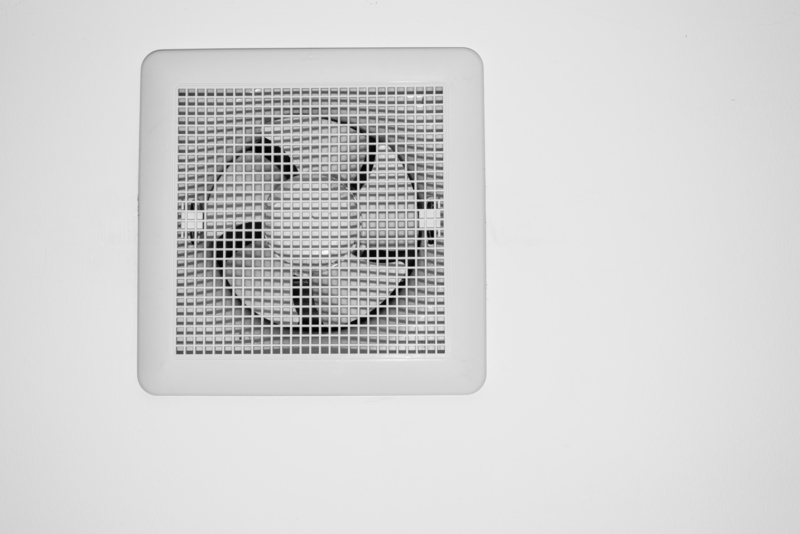
Understanding Curtain Fabrics: What You Need to Know Before Cleaning
Not all curtains are created equal. The fabric type hugely influences the best cleaning method. Before diving in, always check the manufacturer's label for fabric details and cleaning recommendations.
Common Curtain Materials
- Cotton: Durable; usually machine washable but may shrink if washed improperly.
- Linen: Naturally breathable; hand washing or delicate machine settings preferred.
- Velvet: Luxurious & thick; typically requires gentle vacuuming or professional dry cleaning.
- Polyester: Stain-resistant and easy-care; suitable for machine wash.
- Silk: Delicate and elegant; professional or gentle hand washing only.
- Sheer and lace: Fragile; best washed in a mesh bag on a gentle cycle or by hand.
Step-by-Step Guide: How to Clean Curtains Like a Pro
Ready to transform your cleaning routine? Here's a comprehensive approach to mastering curtain cleaning at home:
1. Dust and Vacuum Regularly
- Frequency: Aim for weekly dusting and vacuuming to prevent buildup.
- Use a handheld vacuum with a soft brush attachment.
- Pay extra attention to curtain headers, hems, and pleats, where dust accumulates the most.
- Alternatively, shake the curtains outdoors to remove surface dust.
2. Spot Cleaning and Stain Removal
- Identify stained areas and treat immediately for best results.
- Blot stains with a damp cloth and a mild detergent solution.
- Never rub harshly; you'll risk pushing the stain deeper or damaging fibers.
- Rinse with a clean, damp cloth and allow to air dry.
3. How to Hand Wash Curtains
- Fill a large tub or basin with lukewarm water and add gentle laundry detergent.
- Submerge the curtain and gently agitate the fabric.
- Soak for 15-30 minutes (as per fabric instructions), then lightly squeeze out excess water.
- Rinse thoroughly and hang to air dry, avoiding direct sunlight to prevent fading.
4. Machine Washing Curtains
- Remove hooks, rings, and all metal parts before placing curtains in the washing machine.
- Wash on a gentle cycle using cold water and mild detergent.
- Place delicate or sheer curtains in a mesh laundry bag.
- Do not overload the machine to avoid creasing or damage.
- Reshape curtains while damp and hang immediately to avoid wrinkles.
5. Dry Cleaning: When Is It Necessary?
- Dry cleaning is recommended for expensive, intricate, or non-washable fabrics (like silk, velvet, or interlined curtains).
- Always follow care labels - "D" means dry clean only!
- Choose a reputable cleaner with experience in curtain cleaning.
6. Steam Cleaning for a Deep Refresh
- A steam cleaner can be an amazing tool for deep cleaning and sanitizing curtains in place.
- Operate according to manufacturer's guidelines, beginning at the top and working downward.
- Test a small, inconspicuous area first to ensure fabric compatibility.
- Use a gentle, vertical motion to avoid overwetting or causing watermarks.
Top Tips for Maintaining Clean Curtains Year-Round
With your curtains now fresh and clean, consistent upkeep is key. Follow these best practices for ongoing curtain cleanliness:
- Vacuum weekly, particularly in high-traffic areas or homes with pets.
- Rotate curtains twice a year to prevent uneven fading from sunlight.
- Use tiebacks to minimize daily wear and reduce dust contact.
- Wipe window sills and frames regularly to prevent dirt transfer.
- Ensure adequate ventilation to avoid mold and mildew buildup, especially in kitchens and bathrooms.
How Often Should You Clean Your Curtains?
- Dust and vacuum: Weekly
- Machine or hand wash: Every 3-6 months (depending on room conditions)
- Professional cleaning: Annually or every 18 months
- Spot cleaning: As soon as stains occur
Common Curtain Cleaning Mistakes and How to Avoid Them
Many well-intentioned homeowners make these regular errors. Here's how you can avoid them and truly master curtain cleaning:
- Ignoring care labels: Always consult cleaning instructions. Incompatible methods can shrink or ruin fabric permanently.
- Overdrying: High dryer heat can damage, shrink, or wrinkle most curtain fabrics. Air dry whenever possible.
- Not removing hooks and hardware: These can tear fabric or damage your washer/dryer.
- Using harsh chemicals: Bleach and strong detergents fade colors and break down fibers.
- Skipping spot tests: Always test new products or techniques on a hidden area first.
Professional Curtain Cleaning vs. DIY: Which Is Right for You?
Both DIY and professional curtain cleaning methods have their merits. Which to choose depends on your curtain type, stains, and convenience.
Consider Professional Curtain Cleaning Services When:
- Your curtains are labeled "dry clean only."
- They're extra-large, heavy, or intricately designed.
- Stubborn stains or odors persist despite home cleaning attempts.
- You have limited time and want a hassle-free, expert job.
Advantages of DIY Curtain Cleaning:
- Cost-effective and budget friendly
- Control over cleaning products and techniques
- Convenience of washing at your own pace
- Satisfying to see your own results (and even more so when you master curtain washing techniques)
Best Products and Tools for Curtain Cleaning
Whether you opt for DIY or professional help, assembling the right tools and cleaners makes the process swifter and safer for your drapery:
- Vacuum with soft brush attachment
- Mild laundry detergent
- Mesh laundry bags for delicate fabrics
- Soft sponges or microfiber cloths
- Stain remover for fabrics
- Handheld garment steamer
- Spray bottle with diluted vinegar (for odors and natural cleaning)
Eco-Friendly Curtain Cleaning Solutions
- Warm water mixed with a few tablespoons of baking soda for deodorizing
- Vinegar and water spray for removing mild stains and refreshing fabrics
- Lemon juice as a natural stain brightener (spot test before use)
Remember: Always test eco-friendly solutions on hidden areas first to avoid unexpected discoloration.
FAQs: Curtain Cleaning Mastery
Can you wash all curtains in the washing machine?
No. Always check the care label first. Gentle fabrics like silk, velvet, and some lined curtains often require professional cleaning or hand washing.
How do you dry curtains after washing?
For most fabrics, air drying is best. Hang curtains while damp back on their rods to reduce wrinkles. Avoid direct sun, which can fade colors.
How can I prevent my curtains from wrinkling?
Remove them from the dryer or washing machine while slightly damp, then hang them up immediately. Steam cleaners or a steamy bathroom also help release creases.
Should blackout curtains be cleaned differently?
Yes, as the thermal or blackout lining is often sensitive. Spot clean or gentle hand wash only unless otherwise indicated on the label.
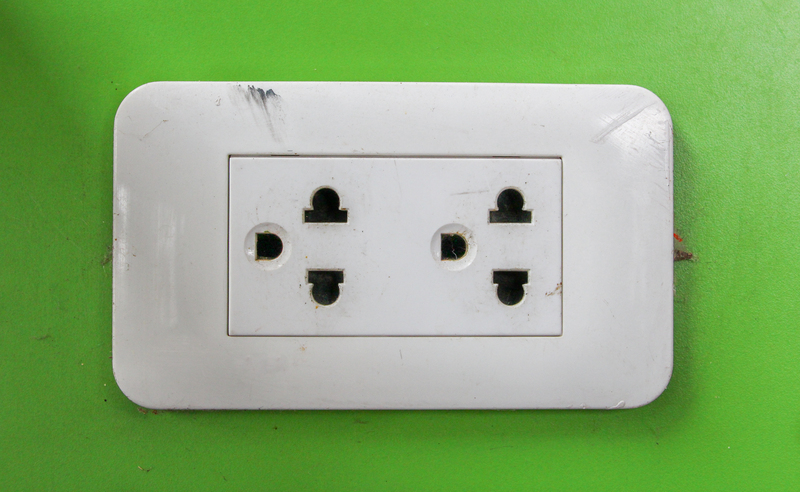
Transform Your Space: The Benefits of Mastering Curtain Cleaning
Learning how to master curtain cleaning does wonders for your space. Expect fresher air, a cleaner home, and stunning windows that add brilliance to your overall decor. A few hours of care every few months saves hundreds in potential replacement costs and guarantees a healthier sanctuary for your family.
- Enhanced well-being: Less dust and allergens benefit everyone in the household.
- Aesthetic boost: Clean, wrinkle-free curtains frame a room with style and sophistication.
- Cost efficiency: Regular cleaning extends curtain life, saving money in the long run.
Your Journey to Curtain Cleaning Mastery Starts Now
Put these steps into practice and see your home transformed! Whether it's DIY or bringing in the professionals, understanding how to clean, maintain, and care for your curtains is a vital skill for every homeowner. With this comprehensive guide, master the art of curtain cleaning today and reap the benefits of a healthier, more beautiful home environment!
Ready to start? Gather your tools, check those care labels, and let your windows shine!


